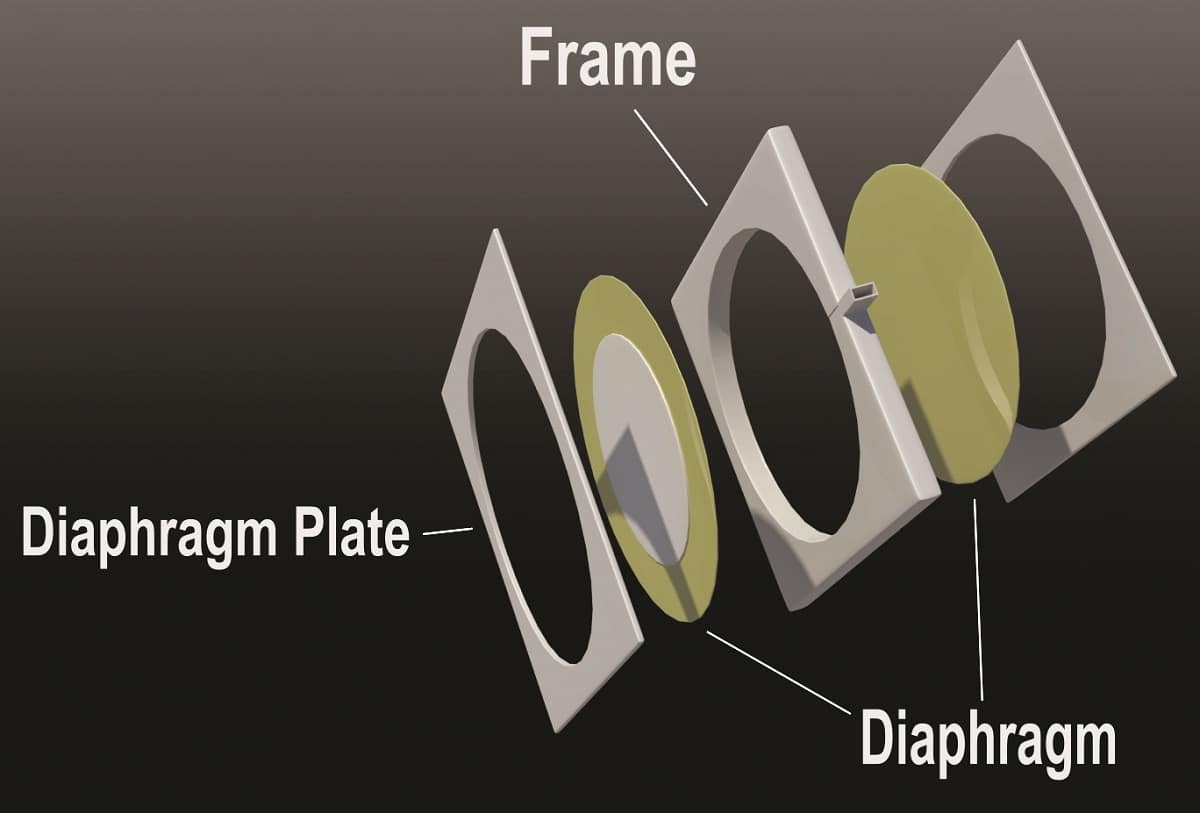Innovation Report: Adding Stability to UAVs

SJAs use small vibrating diaphragms to create airflow and when installed in an aircraft wing, they can modify the current over its surface. An array of SJAs improves an aircraft’s aerodynamic performance and maneuverability by providing instant adjustments, unlike conventional mechanical control surfaces (ailerons, rudders, elevators). The idea of SJAbased MAV flight control was first proposed in 2009 and a National Science Foundation (NSF) EAGER (EArly-concept Grants for Exploratory Research) was awarded. A number of papers were published paving the way for a 2013 NSF Small Business Technology Transfer (STTR) proposal with a grant awarded in 2014 to High Technology Materials, an LLC established by Dr. Vladimir Golubev of the Aerospace Engineering department.
The $205,000 STTR grant is designated for the testing of the SJA software control system developed by Dr. William MacKunis of Engineering Physics in the Physical Sciences department. This system that can adapt to external disturbances and published results of his computational modeling demonstrate the software’s performance. His approach is very different from previous works as it employs radical minimalism in the software design, rendering it suitable for small air vehicles with limited on-board computational capability. High-fidelity simulations of mini-UAVs equipped with SJAs in gusty urban environments have established the commercial feasibility of this technology. A student team from the College of Business has developed a business plan for the company’s long-term objectives, to develop and commercialize this new technology which makes small air vehicles operating in tight, unsteady urban environments capable of achieving unprecedented maneuverability and stability. ERAU has filed a U.S. patent application, which published online this year. The technology will be licensed to High Technology Materials, LLC.
*This story was originally published in the InventER Annual Innovation Report 2016.
Download the full report. Learn more about tech transfer at ERAU. And visit the ERAU Innovation Facebook page.
